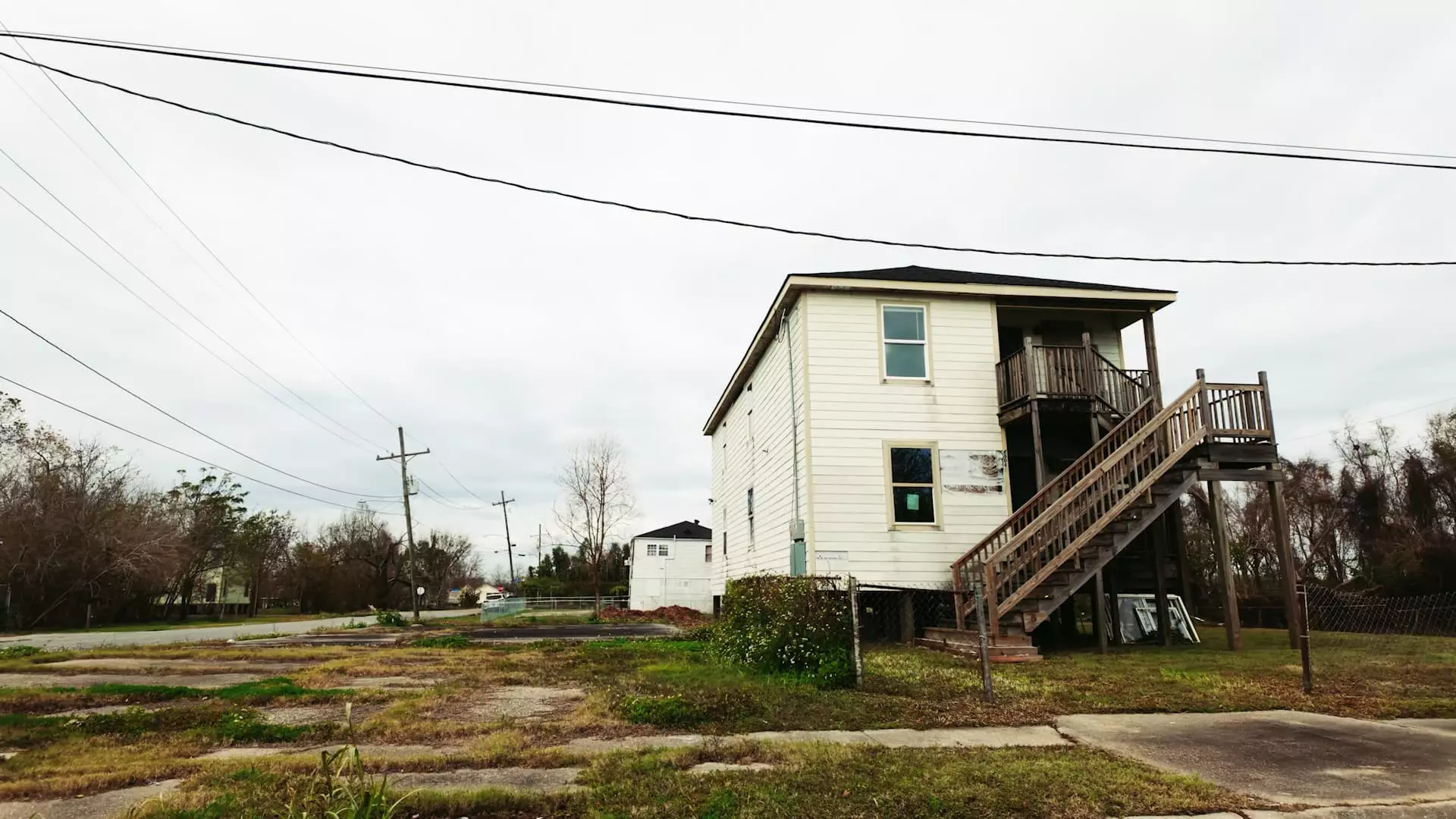In the annals of American history, Hurricane Katrina stands out not only for its unparalleled destruction but also for the lessons it imparted about urban resilience and disaster response. Striking in 2005, the hurricane decimated huge swathes of New Orleans, leaving behind a trail of devastation that affected residents both physically and emotionally. Beyond the tragic loss of over 1,800 lives, the storm submerged approximately 80% of the city under water, rendering hundreds of thousands of homes uninhabitable. The aftermath saw the city grappling with an estimated $201.3 billion in damages, making it the costliest tropical cyclone ever to impact the United States.
The immediate fallout was staggering; one in four homes was abandoned as residents fled the region. As people gradually started to return, the real estate market began a volatile transformation that reflected not only a change in demographics but also in property valuations. Calvin Alexander, a long-term resident of the beleaguered Lower Ninth Ward, articulated the widespread economic shifts, noting that property values surged dramatically as redevelopment commenced. This gentrification phenomenon raises critical questions regarding equity and access in a city still grappling with its past.
Despite the influx of returning residents, the population of New Orleans has yet to reach pre-Katrina levels. Data indicates that only one-third of the Lower Ninth Ward’s original residents have returned. The city’s broader demographic challenges are compounded by the municipal government’s financial difficulties, which are exacerbated by a dwindling tax base as former residents relocate elsewhere. Inexplicably, the contrast in housing prices is stark: neighborhoods elevated above flood-prone areas, like Holy Cross, have experienced astronomical increases in home values. Alexander, for instance, describes a staggering 266% rise in his property’s assessed value since 2005—a stark contrast to the city’s impoverished neighborhoods still struggling to recover.
The federal and state governments extended over $9 billion to homeowners through a program intended to facilitate rebuilding efforts. However, the Road Home Program has endured harsh criticism for its cumbersome structure and adverse effects on lower-income residents. Laura Paul, the executive director of lowernine.org, argues that the payout formulas unfairly relied on the pre-storm market values, offering inadequate assistance to those whose homes and livelihoods had been irrevocably changed.
The Financial Dynamics of Recovery
New Orleans now stands at a precipice where the financial dynamics of recovery intersect with its complex social fabric. The city faces disparities in income levels, which are notably lower than national averages, while poverty rates appear alarmingly high. Such economic challenges raise critical questions about the future of the city’s resilience against the next inevitable storm. Insurance rates have surged in regions known for susceptibility to natural disasters, with warnings coming from federal authorities regarding the unsustainable economic risks associated with living in these vulnerable areas.
In examining the recovery efforts meticulously, one recognizes a paradox in the substantial federal investment. While nearly $15 billion was allocated to reinforce drainage systems, levees, and pumping stations, some engineering solutions are indirectly contributing to the ongoing problem of land subsidence in the region. This phenomenon underscores the precarious balance between infrastructural protection and environmental sustainability.
The state’s ambitious plans project an investment of an astounding $50 billion over the next half-century solely for maintaining and enhancing hurricane and storm defenses. Such spending is vital, particularly in a city rich with cultural heritage and commercial significance, represented by iconic landmarks like the Caesars Superdome and the Port of New Orleans. According to Glenn Ledet, executive director of the Coastal Protection and Restoration Authority, the state anticipates a substantial economic boon, estimating a $7 return for every dollar spent on these vital protective measures.
Yet, aspirations to elevate roughly 4,000 homes across Louisiana speak to a broader goal of mitigating risk. It’s a statement about prioritizing human lives in the face of climate volatility—a commitment that extends beyond mere economic calculations. As New Orleans continues to heal, the lessons learned from Katrina’s devastation resonate strongly, reflecting not just the trials ahead but the remarkable spirit of a city that refuses to surrender its unique identity. Balancing recovery with resilience may well define the next chapter in New Orleans’s storied narrative.

